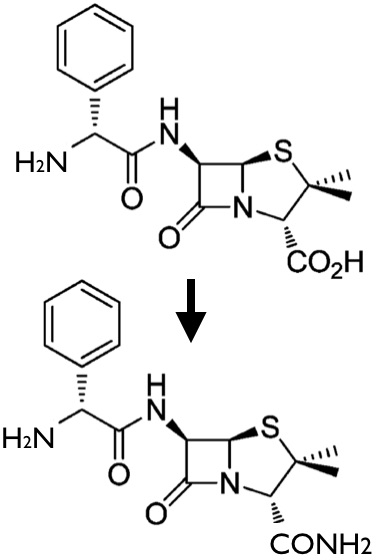Development of Beta-lactamase as a self-labeling protein tag

Fluorescence microscopy is a major way that biologists examine cells and tissues. Self-labeling protein tags are a relatively new way of tagging proteins with fluorescent dyes. This method provides the advantages of genetically encoded tags (live labelling, and specificity) with the advantages of antibodies (bright fluorescence). There are only 3 self-labelling proteins in wide use: Halo, SNAP and CLIP. A reasonable goal is to track ~5 proteins in a cell. Since, we have found CLIP to be an ineffective tag, we only have two useful tags. We propose to develop a new tag based on the protein beta-lactamase. Beta-lactamase is a small, monomeric enzyme with low-cost substrates available. It is possible to make the protein self-labelling via a single point mutation. Unfortunately, the enzyme acts on charged substrates that cannot enter cells. We propose to develop cell-permeant substrates. The Jorgensen lab (Biology) will mutate the enzyme to accept uncharged substrates. The Hammond lab (Chemistry) will synthesize fluorescent substrates for the tag. The Stanfield lab (Human Genetics) will test the tag in vivo.
Collaborators
Erik Jorgensen
College of Science
School of Biological Sciences
Project Owner
Ming Hammond
College of Science
Chemistry
Gillian Stanfield
School of Medicine
Human Genetics
Project Info
Funded Project Amount$30K
Keywords
Fluorescence microscopy, protein tag, enzyme, antibiotic
Project Status
Funded 2020
Poster
View poster (pdf)
